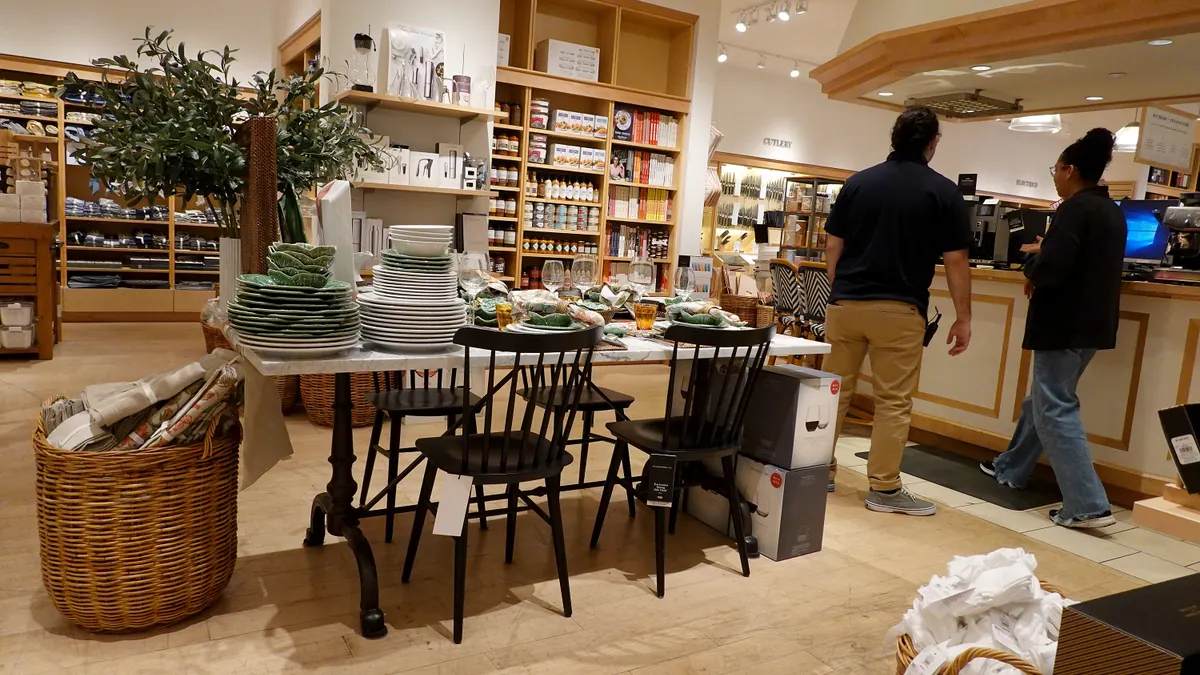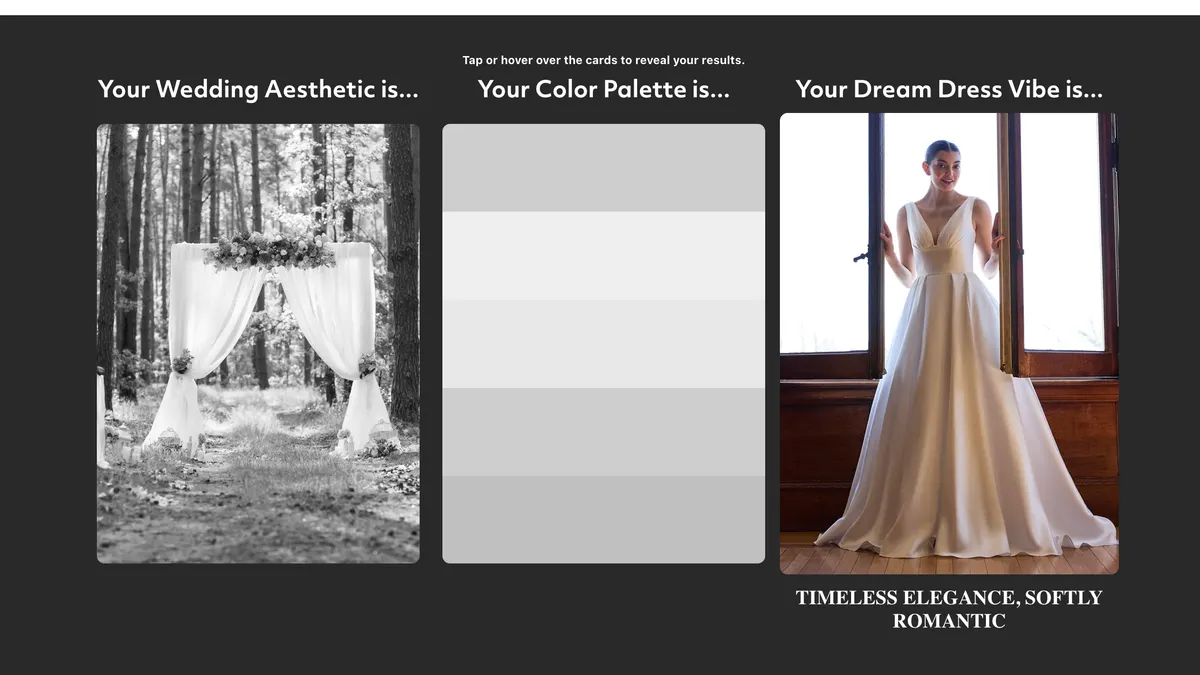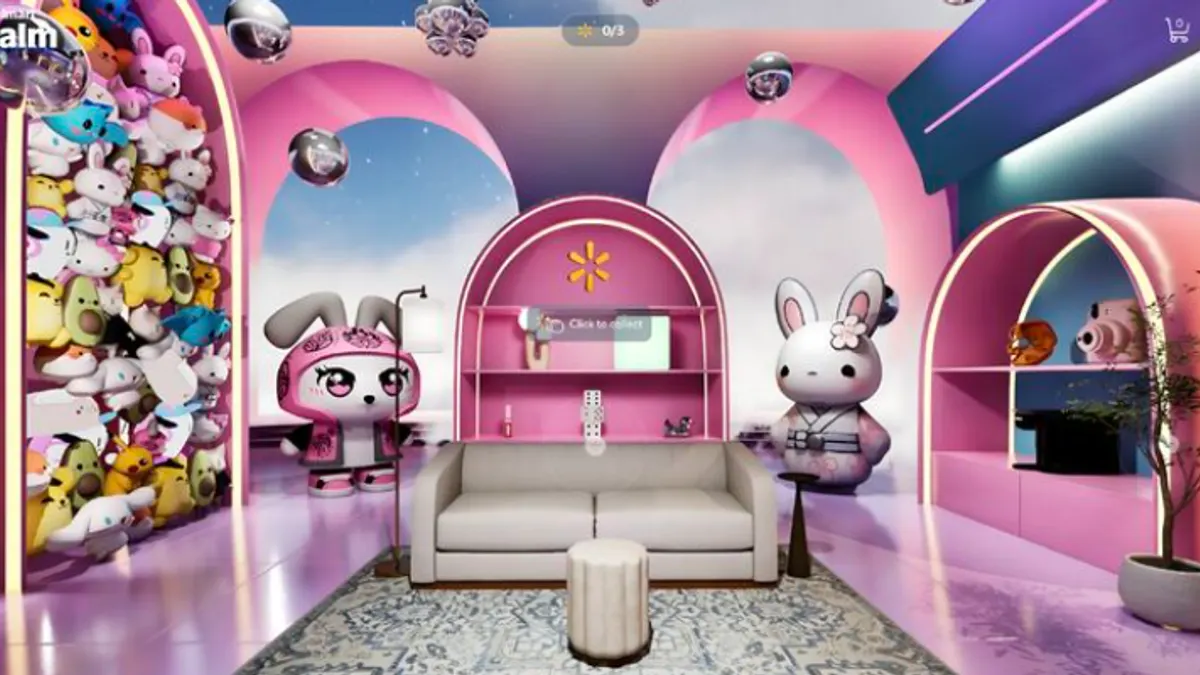"Innovation is a word that is so overused it's like it doesn't even mean anything anymore," says the guy leading the innovation lab at Lowe’s.
It’s fair to say that innovation has become one of the industry’s biggest buzzwords (after omnichannel, of course) as retailers of all shapes and sizes build labs to concoct disruptive technologies and keep ahead of competition. But too often companies fail to pair innovation with a necessary mindset shift and don't get the results they want, Kyle Nel, executive director of Lowe’s Innovation Labs, recently told Retail Dive in an exclusive interview.
"To do something different, you have to do something different, which is difficult when you're a large organization that is driven by executing and efficiency," he said. "That's what retailers do very well. For us, thinking outside of the proverbial box is really important."
Nel isn’t a tech guy and he’s quick to point it out. He’s a behavioral scientist and the way he thinks about innovation at the home improvements retailer is through the lens of how people make decisions. Just over four years ago, Nel launched the innovation lab with "narrative-driven innovation" as a core guiding tool.
In short — he paid people to draw comic books.
The innovation lab employs a number of professionally published science fiction writers that take market research data on emerging technologies and come up with stories depicting Lowe’s future in the form of illustrations, which are passed out to the executive team, including CEO Robert Niblock and his direct staff.
"A lot of organizations focus on what's going on right now instead of what the outcomes will be like two or three or five steps down the road," Nel said. "You make different decisions if you believe in this outcome and see how it might all come together rather than what's available today and making incremental steps forward."
From the retailer’s futuristic-looking exosuits for employees to its augmented reality apps that measure whether appliances will fit in homes, everything the innovation lab pursues is guided by storytelling, and according to Nel, that's the key.
Why storytelling is central
The 71-year-old home improvements retailer probably isn’t the first company that comes to mind when thinking about disruptive innovation, Nel acknowledged, and yet Lowe’s has been a formidable leader in the space. To Nel, the success of the lab is credited to stories — something humans crave on a fundamental level.
"We will forgo food and sleep and money for stories. When you have a good day or a bad day you let stories wash over you. You read it or you watch the same story over and over again. It's weird," he said. "We convey complex things to people in story form shorthand. When you get into these big organizations, no one uses story really. What passes for story is at best a chronicle series of events — that's not a story. That's an assembly diagram."
Think of story like a vision, or an agenda, but certainly not a roadmap, he explained.
"Large organizations like road maps, but when you have something where technology is constantly being developed — I bet in six months there will be something completely different that will happen — it's really hard to set a fixed IT roadmap or a roadmap generally," Nel said. "What you can do is have more of a framework and start developing and learn and iterate, and learn and iterate."
It’s been a "dramatic" mindset change for Lowe’s, he added, that forces the team to think about what projects will mean for the company in the short, medium and long term. "You get in these ruts where you're developing incremental improvement because that's what you do. You can go down these weird paths," he said. "So story really keeps it like, 'OK this is what we're doing and this is what we're not doing.'"
The story process
The first comic book to come out of the innovation lab traced a relatively simple narrative — research indicated that some customers were lacking the confidence and skill to embark on their own do-it-yourself projects.
So in 2014, Lowe's set out to develop technology that would allow customers to get "hands on" advice and, for example, picture what their remodeled kitchen would look like in the end. That's where virtual reality came in.
The Holoroom became Lowe’s first concept to come from its innovation lab, and was first available for six months in two Toronto stores. By 2015, the next iteration had rolled out to 19 stores across the U.S., and earlier this year, the concept became available in the form of a "how-to" clinic at at least one location in Framingham, MA, where customers can book a time to get step-by-step advice on a specific DIY project with VR equipment in the store.
Another story coming out of the lab is the LoweBot, an autonomous robot that assists in-store customers. As depicted in the comic narrative, the robot is able to speak a number of languages, navigate shoppers to aisles where they can find and scan products, and check store availability. After a two-year pilot of the technology in an Orchard Supply Hardware store, the company last year rolled the bot out to a number of locations in the San Francisco Bay area.
One of the most recent stories to be actualized this year is the exosuit — an Ex Machina-esque physical suit that transforms store associates into semi-super heros. At least according to the comic book.
In reality, the suit was developed in partnership with the Assistive Robotics Lab at Virginia Tech with the goal of easing the work strain on store associates. The suit, equipped with lift-assistance tech, can be worn on the job to help employees move products through stores more efficiently and with less fatigue-inducing effort.
A push for AR-enabled mobile apps
As Nel looks toward the future, he's most excited about the possibilities that artificial intelligence holds. "You can make something work technically and that gap and chasm between making it work and making it intuitive is huge," he said. "What AI and all of the precursors to AI will start to do is [that] things will work easier. You'll get to what you want faster and easier."
One major push the innovation lab is currently making is with AR and mobile apps. And a push for mobile is a smart move, considering how intrinsic smartphones have become in consumers' daily lives, guiding everything they do from interacting with friends to shopping.
In the fourth quarter last year, m-commerce made up 21% of total e-commerce sales, raking in roughly $22.7 billion, according to comScore. But mobile isn’t just about conversions — in fact getting consumers to buy off mobile devices is still a major pain point. But as retail apps evolve, they’re doing more than providing an endless aisle — they’re solving consumer problems, and hopefully earning loyalty in the process.
"If you look at mobile and deconstruct what it allows you to do it's not just shopping," Nel said. "It's experiential visualization."
This year, Lowe’s in particular has made a huge push into mobile and AR, starting with a partnership announced in the spring with Google’s Tango augmented reality technology to create an in-store navigation app. Weeks after the announcement, the company launched the Lowe’s Vision app, allowing customers to measure rooms in their home and envision how Lowe’s products would look using AR. And just last week, the retailer announced two new tools using Apple’s ARkit, which in a similar vein to its current app roster, allows customers to measure spaces in their homes and visualize furniture in their homes or workplaces.
Early on in the innovation lab Nel said his teams began creating a proprietary, "ultra realistic" 3D scanning platform called LIL 3D to bolster apps and differentiate from others in a space that’s heating up. Home improvement and furniture retailers like Wayfair and Ikea are also touting such tech tools.
When it comes to mobile, Nel explained that the lab is pushing for its apps to become ubiquitous on Apple, Google and other platforms, "So mobile becomes more than mobile, it becomes a view into this possible new world using AR as that way forward."




















